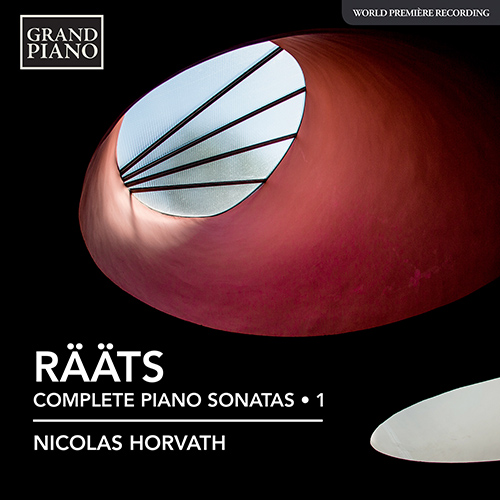
Jaan Rääts (1932 - 2020)
Jaan Rääts belonged to a group of composers including Veljo Tormis, Eino Tamberg and Arvo Pärt who emerged in the 1960s to bring Estonian music into the modern mainstream, embracing the styles, philosophies and techniques taking hold among Western postwar composers.
Born on the October 15, 1932 in Tartu, Estonia, Rääts studied piano at the Tartu Music High School. In 1957 he graduated from the Tallinn Conservatory, where he studied composition with Mart Saar and Heino Eller. From 1955 to 1966 Rääts worked at Estonian Radio as a recording engineer. He went on in 1966 to become their chief editor of music programmes, and worked between 1970 and 1974 as music manager of Estonian Television.
Rääts also served as chairman of the Estonian Composers’ Union from 1974 until 1993, and as teacher of composition at the Estonian Academy of Music was named professor in 1990. Composers such as Raimo Kangro, Erkki-Sven Tüür, Rauno Remme, Tõnu Kõrvits, Mihkel Kerem, Avi Benjamin Nedzvetski, Kerri Kotta, Toomas Trass, Vsevolod Pozdejev, Tõnis Kaumann and Timo Steiner make up a diverse and distinguished list of former Rääts pupils. In addition, Rääts received numerous honours and awards in his native land, most recently the Estonian State Cultural Award (1995), the Annual Prize of Endowment for Music of Culture Endowment of Estonia (2002), the Annual Award of the Cultural Endowment of Estonia (2007), the Lifetime Achievement Award of the Estonian National Culture Foundation (2011), and the Lifetime Achievement Award of the Republic of Estonia (2011).
The bulk of Rääts’ compositional output encompasses instrumental music, with ten symphonies and 24 concertos, an extensive catalogue of chamber music, and film scores. Rääts’ prolific body of work for piano includes the cycles 24 Preludes (1968), 24 Preludes to Estonian Folk Melodies (24 prelüüdi eesti rahvaviisidele, 1977), 24 Estonian Preludes (24 eesti prelüüdi, 1989), and three different series of miniatures entitled 24 Marginalia (24 marginaali – 1979 for piano solo, 1980 for electronics, and 1982 for two pianos). His 10 piano sonatas span a half century of creativity, and are only just getting to be known to Western listeners.



 Grand Piano has gained a reputation for producing high quality recordings of rare keyboard gems. Dedicated to the exploration of undiscovered piano repertoire, the label specialises in complete cycles of piano works by many lesser-known composers, whose output might otherwise have remained unknown and unrecorded.
Grand Piano has gained a reputation for producing high quality recordings of rare keyboard gems. Dedicated to the exploration of undiscovered piano repertoire, the label specialises in complete cycles of piano works by many lesser-known composers, whose output might otherwise have remained unknown and unrecorded.






